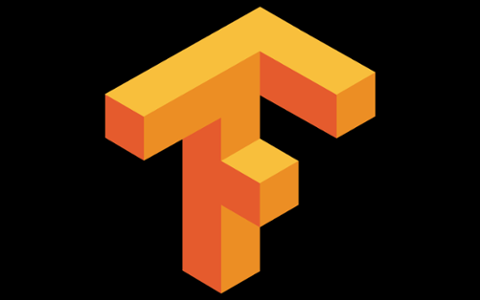
Anyone who’s worked in technology knows that certain buzzwords rip through the industry every few years, sending executives into a fever. “Artificial intelligence,” “Big Data,” “Hadoop,” and “Web 2.0” (please, let’s do our best to forget that last one) are just a few of the more notable. But which ones will translate into actual opportunities and jobs for all the technologists out there?
If the hype doesn’t match the actual industry impact, then many thousands of workers will have pursued a particular technology or discipline for nothing. But if the hype is justified, then folks can build satisfying careers (and make a lot of money). The stakes couldn’t be higher.
As we head into 2020, one thing is pretty clear: Artificial intelligence (A.I.) seems like one of those much-hyped terms that might actually translate into a really robust sub-industry. For example, LinkedIn’s 2020 Emerging Jobs Report (PDF) puts “Artificial Intelligence Specialist” as its number-one emerging job, with 74 percent annual growth over the past four years.
That outpaced robotics engineer (40 percent annual growth during the same four-year period), data scientist (37 percent annual growth), full stack engineer (35 percent annual growth), and site reliability engineer (34 percent growth). (In order to arrive at its conclusions, LinkedIn crunched data from all of its public profiles over the past five years.)
Sounds pretty solid, right? Even so, the A.I. industry comes with a relatively high bar to entry, which could restrict the pipeline of talent for the next few years. Employers want A.I. experts skilled in machine learning, deep learning, Python, natural language processing, and platforms such as TensorFlow. Those are skills that take quite some time to learn, to put it mildly, and demand a pretty strong background in programming and mathematics.
There’s also the issue of company buy-in. Executives love buzzwords, but they often balk at the cost of spinning up the related technology. At this year’s The Wall Street Journal’s Future of Everything Festival, Arvind Krishna, IBM’s senior vice president of cloud and cognitive software, suggested that projects tend to die once companies realize they’ll need to spend a lot of time prepping the necessary datasets: “And so you run out of patience along the way, because you spend your first year just collecting and cleansing the data.”
Plus, existing A.I. initiatives have a mixed track record so far. Uber’s attempt to build a self-driving car platform has hit some snags, to put it mildly; IBM’s much-hyped Watson platform has failed to meet some hospitals’ expectations for successful healthcare data analysis; and some analysts and pundits think that even well-monetized projects such as Google’s DeepMind haven’t either scaled or commercialized.
Nonetheless, the future seems pretty bright for artificial intelligence and machine-learning initiatives. Even if some high-profile projects crash and burn, it’s clear from the data that companies are rapidly hiring various types of employees with A.I. skills “clusters.” According to Burning Glass, which analyzes millions of job postings from across the U.S., jobs that involve A.I. are projected to grow 40.1 percent over the next decade; the median salary for these positions is $105,007 (for those with a PhD, it drifts up to $112,300).
Positions associated with A.I. skills clusters include:
If you work in any of these roles, A.I. and machine learning tools and techniques will likely become a part of your workflow over the next several years. That means it’s important to learn as much as possible about A.I. Fortunately, there are a lot of resources online that can help you out, including a Google “crash course,” complete with 25 lessons and 40+ exercises, that’s a good introduction to machine learning concepts. Hacker Noon also offers an interesting breakdown of machine learning and artificial intelligence.


